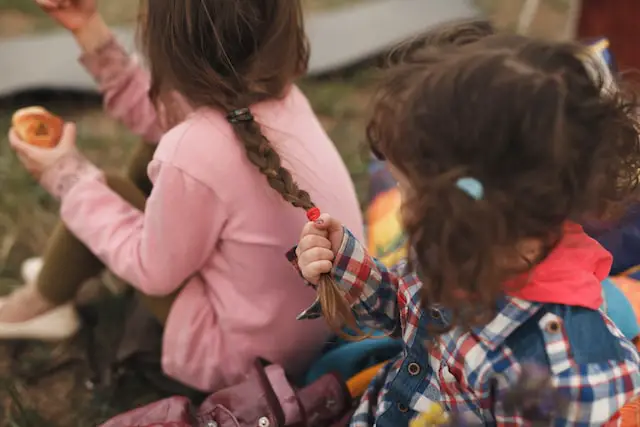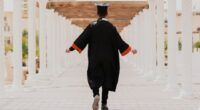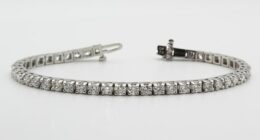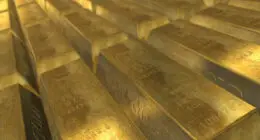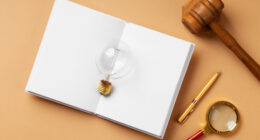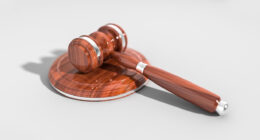Ponytails are a style where the hair is pulled back and secured at the base of the neck with a hair tie. Pigtails are a style where the hair is parted in the middle and each section is pulled back and secured with a hair tie. Ponytails tend to be more formal than pigtails, and they’re often seen as more sophisticated. Pigtails, on the other hand, are considered to be more playful and fun.
What is a ponytail?
(Photo by Olivier Chatel on Unsplash )
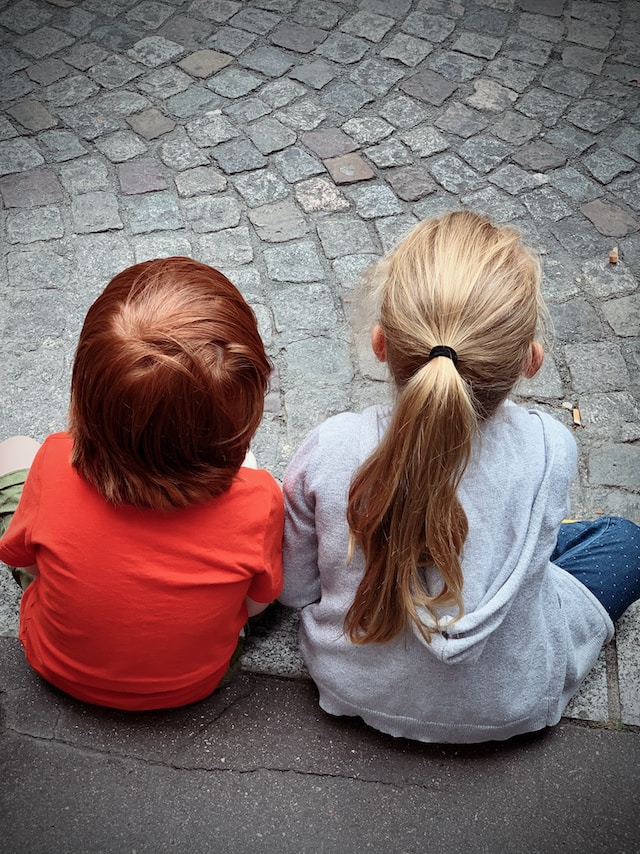
A ponytail is a hairstyle where the hair is gathered and secured at the back of the head or nape of the neck. It involves pulling the hair back and fastening it with a hair tie or elastic band, creating a sleek and streamlined look. The ponytail can be positioned high, mid, or low on the head, and it is a versatile and popular choice for both casual and formal occasions.
What is a pigtail?
(Photo by Laura Nyhuis on Unsplash )
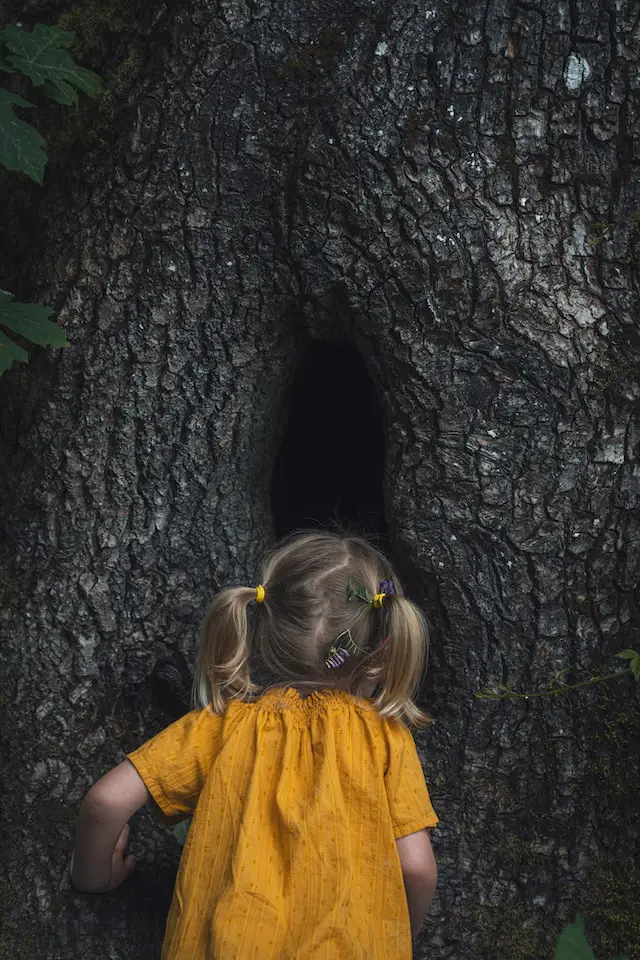
A pigtail is a hairstyle where the hair is divided into two sections and each section is styled into a separate ponytail or braid. The term “pigtail” often refers to the hairstyle where the hair is braided, resulting in two distinct braids on either side of the head. The braids can be simple three-strand braids or more intricate styles like fishtail or Dutch braids. Pigtail hairstyles are commonly associated with a playful or youthful look and are often seen in children or as a nostalgic hairstyle choice.
How to wear your hair in a ponytail?
Ponytails are a great way to keep your hair out of your face, but they can also be stylish. Here are some tips on how to wear your hair in a ponytail:
Start with clean, dry hair. If your hair is oily, you may want to shampoo it before putting it up. If you have time, blow dry your hair or use a flat iron to smooth it out. This will help give your ponytail a more polished look. Then gather your hair into a low ponytail at the nape of your neck and secure it with an elastic band. For a more undone look, pull out some face-framing pieces of hair and/or loosen the ponytail so it’s not too tight. Finish off with some hairspray to help keep everything in place.
How to wear your hair in pigtails
Pigtails are a hairstyle that consists of two sections of hair, each section pulled away from the head and fastened with a hair tie. To wear your hair in pigtails, start by parting your hair down the middle. Then, take a section of hair from one side of the part and pull it back towards the crown of your head. Secure this section with a hair tie. Repeat on the other side. You can leave your pigtails loose or add additional accessories, such as ribbons or bows.
Which hairstyle is right for you?
Your hair type: This is probably the most important factor when it comes to choosing a hairstyle. Different hair types can lend themselves well to different styles. For example, if you have fine or thin hair, you may want to stay away from styles that are too heavy or require a lot of hair products. On the other hand, if you have thicker hair, you may be able to pull off a style that requires more maintenance.
Your face shape: Another important factor to consider is your face shape. Certain hairstyles can help accentuate or downplay certain features of your face. For example, if you have a rounder face, you may want to stay away from styles that add width to your head (like a ponytail). If you have an oval face shape, you’re lucky because pretty much any style will look good on you!
Your lifestyle: Finally, you also need to consider your lifestyle when choosing a hairstyle. If you have a busy lifestyle with little time for hair maintenance, then something like a ponytail or bun might be the best option for you.
What is Chinese ponytail called?
The traditional Chinese hairstyle, commonly known as a “queue,” holds historical and cultural significance. During the Qing dynasty in China (1644-1912), the ruling Manchu ethnic group required men to adopt this hairstyle as a symbol of submission and control. The queue involved shaving the front of the head while leaving a long, single braid at the back.
The hairstyle was part of a larger system of cultural assimilation and social control imposed by the Manchu rulers. It was intended to distinguish the Manchu from the Han Chinese population and to enforce their authority over the conquered regions. The queue became a symbol of loyalty and obedience to the Qing dynasty.
The implementation of the queue hairstyle faced resistance from the Han Chinese, as it challenged their traditional hairstyles and cultural identity. For many, adopting the queue was seen as a humiliating act. However, refusal to wear the queue could result in severe consequences, including punishment or even execution.
The queue remained a mandatory hairstyle until the fall of the Qing dynasty in 1912. After that, people gradually abandoned the queue and returned to their traditional hairstyles. Today, the queue is primarily associated with historical depictions, cultural understanding, and the legacy of the Qing dynasty in China’s history.
Do pigtails damage hair?
Pigtails, when worn occasionally and with proper care, typically do not cause significant damage to the hair. However, frequent and tight styling of pigtails can potentially lead to hair damage. Pulling the hair tightly or using elastic bands that are too tight may cause tension and strain on the hair strands, leading to breakage or hair loss. It is important to use gentle techniques, such as loose braids or soft hair ties, to minimize the risk of damage. Additionally, allowing the hair to rest and breathe between styling sessions can help maintain hair health. Proper hair care, including regular washing, conditioning, and avoiding excessive heat or chemical treatments, is also crucial in preventing damage.
What is Korean hair bun called?
In Korean culture, the traditional hair bun is commonly known as a “daenggi meori” or “jogae meori.” It is a classic hairstyle that has been worn by women throughout history and continues to be embraced in modern times.
The daenggi meori is characterized by a neat and elegant bun positioned at the top or back of the head. The bun is typically created by twisting the hair into a coil and securing it with hairpins or other accessories. The style often incorporates a decorative element called a “daenggi,” which is a long, narrow ribbon or band that is wrapped around the bun to add adornment and hold it in place.
The daenggi meori hairstyle has cultural and traditional significance in Korea. It is often associated with formal occasions, traditional ceremonies, and special events. Women would meticulously style their hair into a daenggi meori, sometimes with intricate designs or variations depending on the occasion and personal preference.
In modern times, the daenggi meori hairstyle has evolved and can be adapted to various interpretations. While it still maintains its elegance and classic appeal, it is not limited to formal settings. Many Korean women incorporate elements of the daenggi meori into their everyday hairstyles, embracing a blend of tradition and contemporary fashion.
Overall, the daenggi meori is a culturally significant and visually captivating hairstyle in Korean tradition, symbolizing grace, femininity, and a connection to heritage.
Featured Image By – Evgeniy Gorbenko on Unsplash
